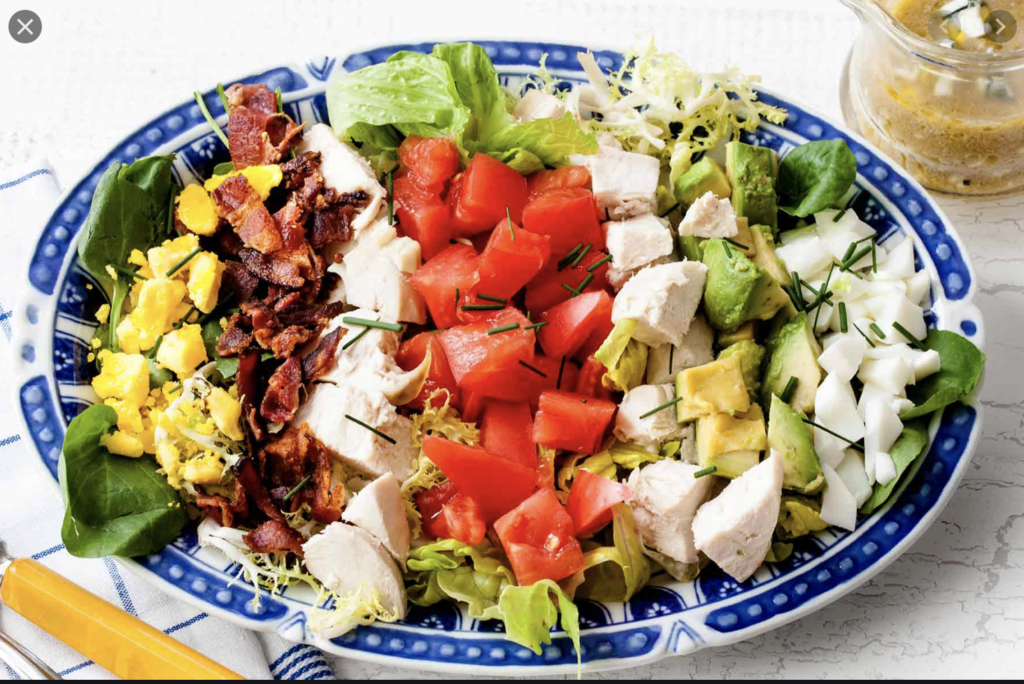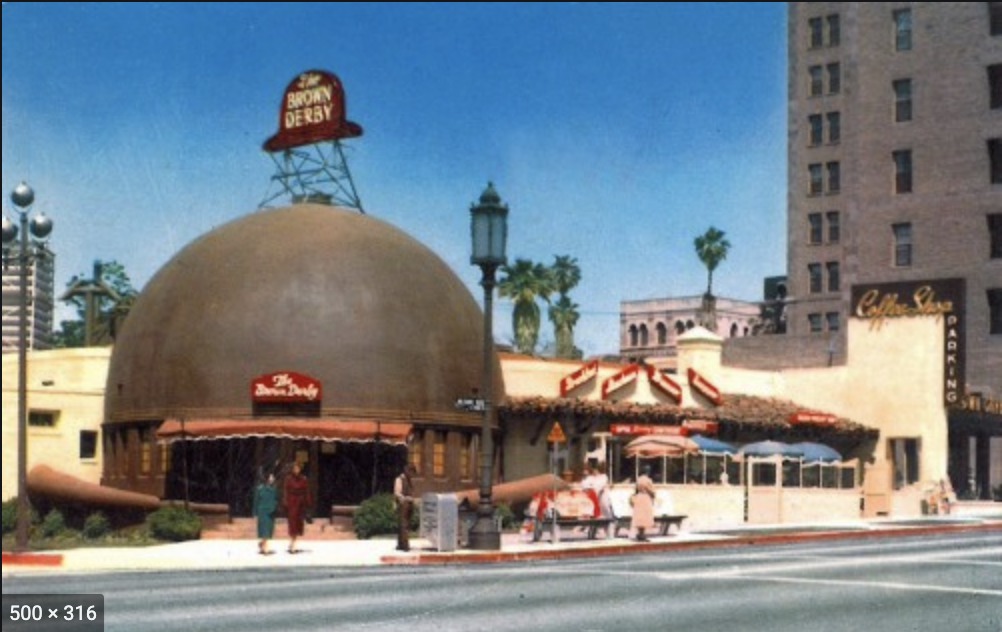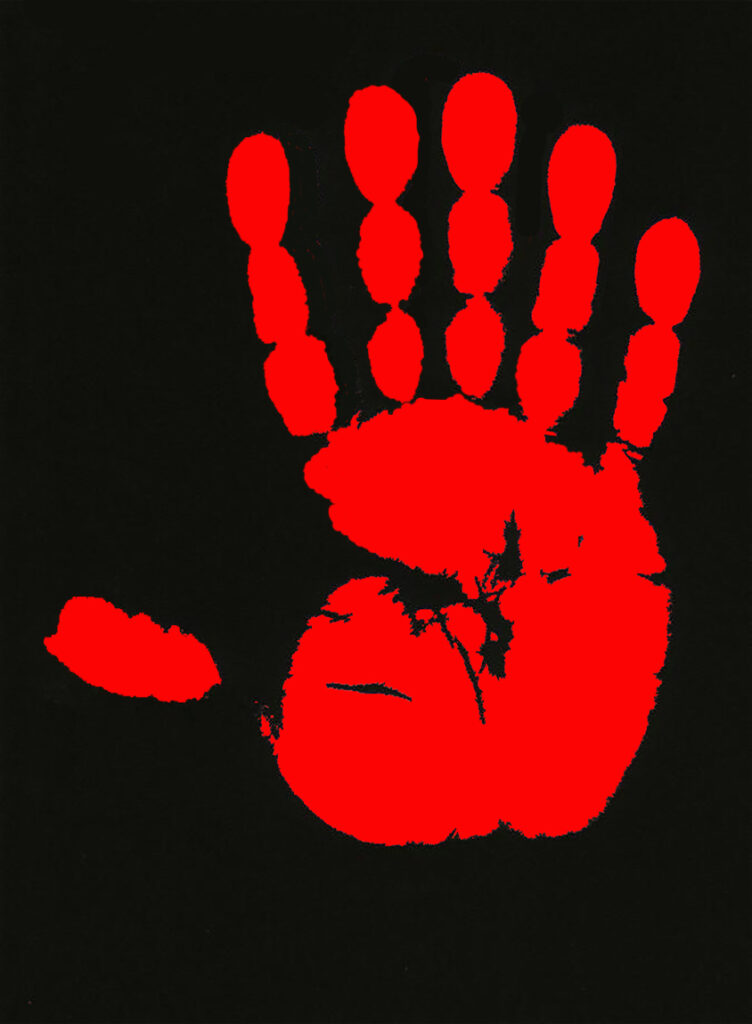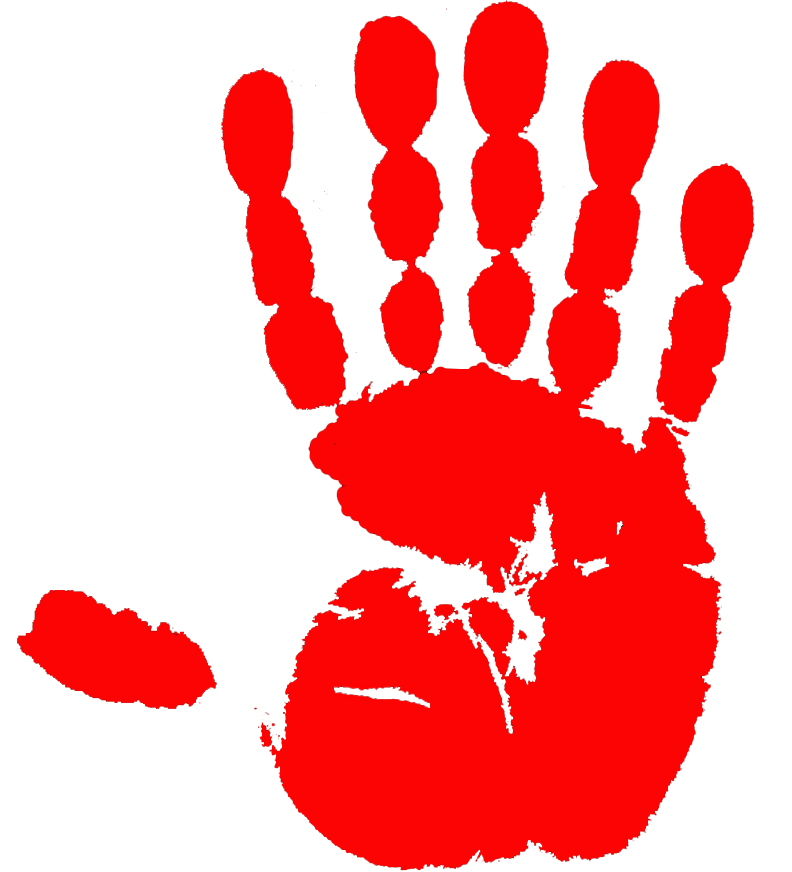
Salad Daze
Now that the hotter weather is here, we’re all looking for something cool and easy to eat; something that won’t heat up the house and have you standing over a hot stove…So maybe it’s time to talk “Salads”.
But where do salads originate? When/where I grew up “salad” meant iceberg lettuce a few tomato slices and a little bit of onion, but salads are so much more than that and they come from “all over”.
In that vein, I present The Caesar Salad”. Not really Mexican but that’s where it originated; not really Italian though a similar salad was well known in parts of Italy before 1900; not really American though that is where it became popular. The Caesar salad was invented by Caesar Cardini, an Italian immigrant, who ran restaurants in Southern California and in Northern Mexico…The ones in Mexico were there to offer liquor to Americans during prohibition. And here’s the thing. We now cut or rip the lettuce leaves, but in Italy they left the lettuce leaves intact and you were encouraged to eat with your hands!
If you look around, the Cardini company still exists as a restaurant/ hotel in Tijuana and as a company selling bottled salad dressings in your local supermarket.
So not exactly Italian, not exactly Mexican, not exactly American…Three for three!
Next, we have Chinese Chicken Salad. Most Asian cultures don’t have a lot to do with lettuce. Though they are very fond of fresh vegetables, salad is a rarity, except in Szechuan cuisine.
Madame Wu is generally credited for popularizing the Chinese Chicken Salad, after Cary Grant had one someplace else and asked her to make it for him.

“There are many different types of cold chicken salad in China, According to a website about Sylvia Cheng Wu, who is popularly known by her alias Madame Wu“. She came up with something better, using a recipe she vaguely remembered and years earlier having encountered in Shanghai. It was a blend of shredded chicken, fried vermicelli, green onions and toasted almonds. Madame Wu’s soon became known for her Chinese chicken salad, now an American luncheon classic. Earlier, the Good Housekeeping Cookbook introduced a “Sesame-Spinach Salad,” with soy sauce and salad oil, although not with sesame oil; whereas, this introduced something incrementally closer to Asian flavors.
Apparently, we weren’t so adventurous in those days. Can you say Meat & Potatoes?
Suddenly, sesame seeds went from just being a garnish on a salad, to being an ingredient for a recipe of “Sesame Seed Dressing” but, more over, there was now a recipe for “Chinese Chicken Salad. This one, without traditional crisp noodles, is simpler than most…” since, fried vermicelli noodles was probably difficult to find and make for many American homemakers. It’s worth noting that most of these recipes had not yet included sesame oil, seemingly still difficult to find in America at the time. We were eventually offered deep fried chow mein noodles from many Asian condiment companies and that is the substitute ingredient we all most often opt for these days.
So the main thing that makes the salad “Asian” – that is sesame oil, was only somewhat recently added to the recipe.
So which culture shall we attribute this to… Hmmm? Asian? American…? The jury is still out on that one.

One undeniably American salad is the Cobb salad, named for the owner of Hollywood’s famous “Brown Derby”. As the story goes, it was after midnight and it had been so busy that Howard Cobb, the owner hadn’t had time to eat anything. So, he gathered up odds and ends he found in the kitchen, fried up a little bacon and an American classic was born…as for all the other salads above, their origins are mixed. This is one of the few that goes directly back to the thirties in Hollywood, and happened almost by chance. Sometimes the credit is given to the chef Paul Posti, but whom-ever thought this up it has become a staple in a great many menus. And it only begins to illustrate how versatile a “salad” can be.
Stay cool.

